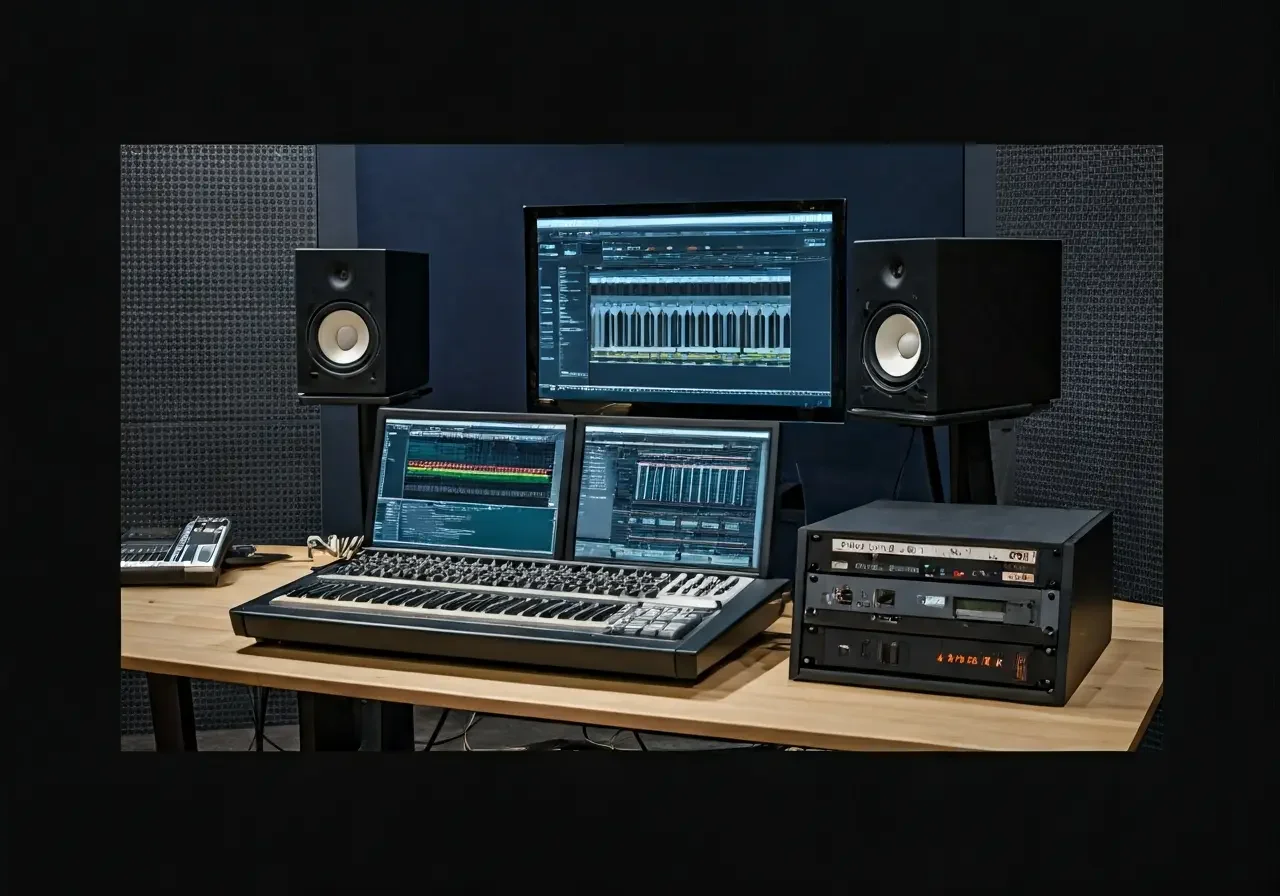How Do Audio Mastering Techniques Differ in Dolby Atmos Systems?
Welcome to the world of audio mastering in Dolby Atmos systems! As technology evolves, so do the techniques that audio engineers use to create immersive sound experiences. In this blog, we’ll explore how audio mastering techniques are adapted for Dolby Atmos systems, breaking down the process in a friendly and straightforward manner. Whether you're an audiophile or just curious, this FAQ will guide you through these fascinating differences.
What is Dolby Atmos?
Dolby Atmos is an advanced sound technology that creates a more immersive audio experience by adding height channels, allowing sound to be interpreted in a three-dimensional space. This upgrade from traditional surround sound systems provides a richer auditory experience.
Unlike conventional audio systems that rely on channels, Dolby Atmos is renowned for its ability to deliver sound that moves around you in a three-dimensional space, capturing the nuances and dynamics of each sound element. This technology has been transformative in delivering more realistic and engaging listening experiences at cinema theaters and home systems.
How Does Traditional Audio Mastering Work?
Traditional audio mastering involves finalizing a recording for distribution, managing elements like EQ, compression, and limiting to achieve a balanced and polished sound across various playback systems.
The conventional mastering process is linear and focuses on ensuring that the track sounds well-balanced across multiple sound reproduction systems. This requires great attention to detail and an understanding of how different adjustments in EQ, dynamics processing, and stereo imaging can affect the final output.
In essence, mastering engineers also manage the overall loudness and dynamic range, making sure that tracks sound as intended without any unintended distortions or imbalances.
Adapting Mastering Techniques for Atmos
In Dolby Atmos, mastering engineers must consider the spatial elements of sound, ensuring that audio is balanced not just horizontally but vertically as well. This involves adjusting levels and panning in a 3D space to ensure clarity and impact across all speaker configurations.
Working in Dolby Atmos shifts focus from the stereo field to an immersive sound field environment. Mastering engineers must embrace the task of spatial placement, ensuring that musical elements naturally occupy the 360-degree auditory sphere. This involves innovative adjustments in audio dynamics and discreet placement of sounds, offering listeners an experience where sound truly comes alive around them.
Using the newest technological tools available, engineers can manipulate the positioning of sound elements in ways that were previously not possible. Tools like panning based on XYZ coordinates enable precise sound placements, providing an even more listener-friendly and enjoyable sound environment.
The Role of Object-Based Audio
Dolby Atmos uses object-based mixing, which enables precise manipulation of individual sound elements. This requires mastering engineers to effectively balance these objects in the mix, taking full advantage of the system’s capabilities to create a dynamic and immersive soundscape.
Object-based audio takes sound mixing to a new level. Instead of fixing sounds to specific channels like in traditional audio systems, it allows sounds – known as 'audio objects' – to move freely around the listener. This flexibility means sound designers have more creative freedom in crafting lifelike soundscapes that can fluidly adapt across different playback settings.
By leveraging object-based audio in Dolby Atmos, engineers can ensure that sound mixes remain consistent across different playback systems, from home sound systems to commercial theater experiences. It also allows more intricate storytelling through sound, enhancing the depth and mood of media content with precision.
Common Challenges and Solutions
Mastering for Dolby Atmos presents unique challenges, such as ensuring compatibility across different playback environments. Solutions involve rigorous testing and optimization, employing cutting-edge tools that allow for adjustments in real-time and across formats.
One of the significant challenges is managing the diversity in how different setups playback Atmos content. Solutions include using sophisticated software to simulate various speaker arrangements and acoustics, allowing mastering engineers to preemptively address any discrepancies in how sound is reproduced.
Another challenge lies in maintaining the artistic intent across all playback formats. Mastering engineers have to ensure that the core impact of a soundtrack is preserved, whether it’s played through a full cinematic setup or a more compact home system.
Embracing the Future of Audio
Understanding the nuances of audio mastering in Dolby Atmos systems opens up new dimensions for both creators and listeners. By adapting traditional techniques to fit this innovative format, audio professionals can deliver exceptional and immersive sound experiences. Whether you’re interested in audio production or simply love great sound, mastering in Dolby Atmos aligns perfectly with the future of audio. For more information, visit Star Sound Studios.

